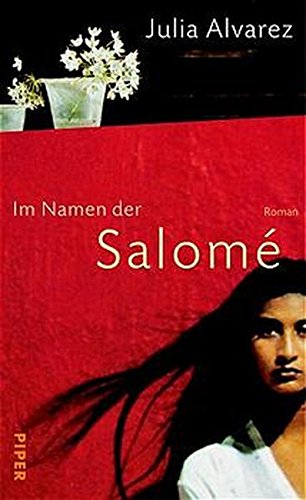What do you think?
Rate this book


Hardcover
First published January 1, 2000
"She herself is worried about the emptiness that lies ahead. Childless and motherless, she is a bead unstrung from the necklace of generations. All she leaves behind here are a few close colleagues, also about to retire, and her students, those young immortals with, she hopes, the Spanish conjunctive filed away in their heads."
"But if I remain quiet, then I lose my mother completely, for the only way I really know her if through the things she stood for."
'To keep her dreams from dying
Was all the monument she dreamed of having.'
Everything of ours--from lives to literature--has always been so disposable, she thinks. It is as if a little stopper that has contained years of bitterness inside her has been pulled out. She smells her anger--it has a metallic smell mixed in with earth, a rusting plow driven into the ground.
It was time for poetry, even if it was not the time for liberty. Sometimes I wondered if this didn't make sense after all. The spirit needed to soar when the body was in chains.
There is only one way to make it stop, a way which Papa has been trying to teach me, and that is to sit down and think of the words for it all, then write them up the verses my mother copies neatly into her letters to my father.